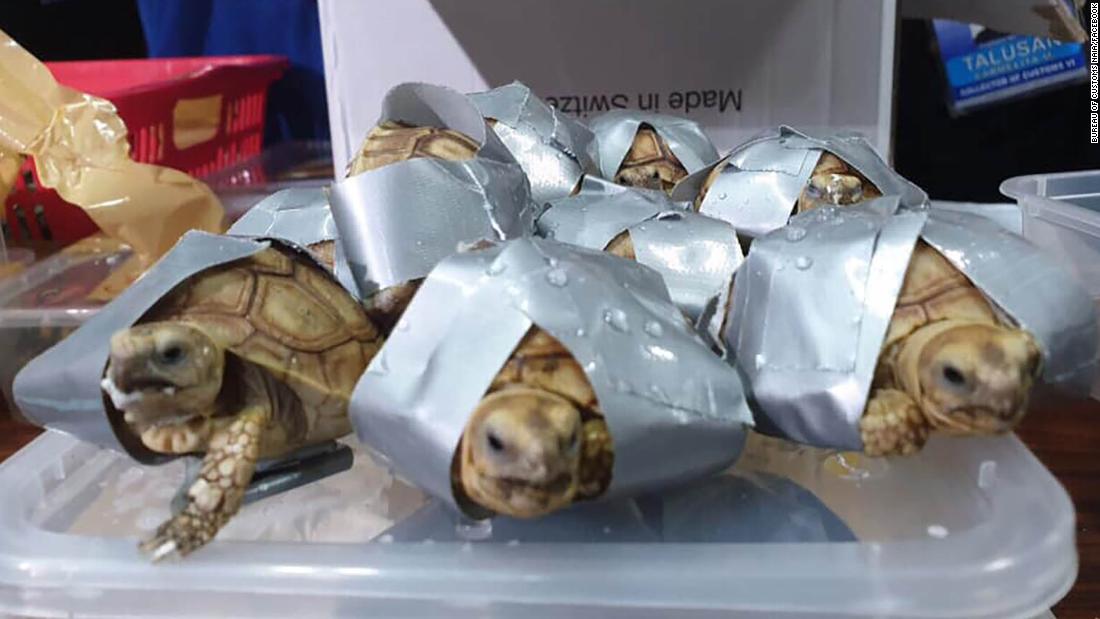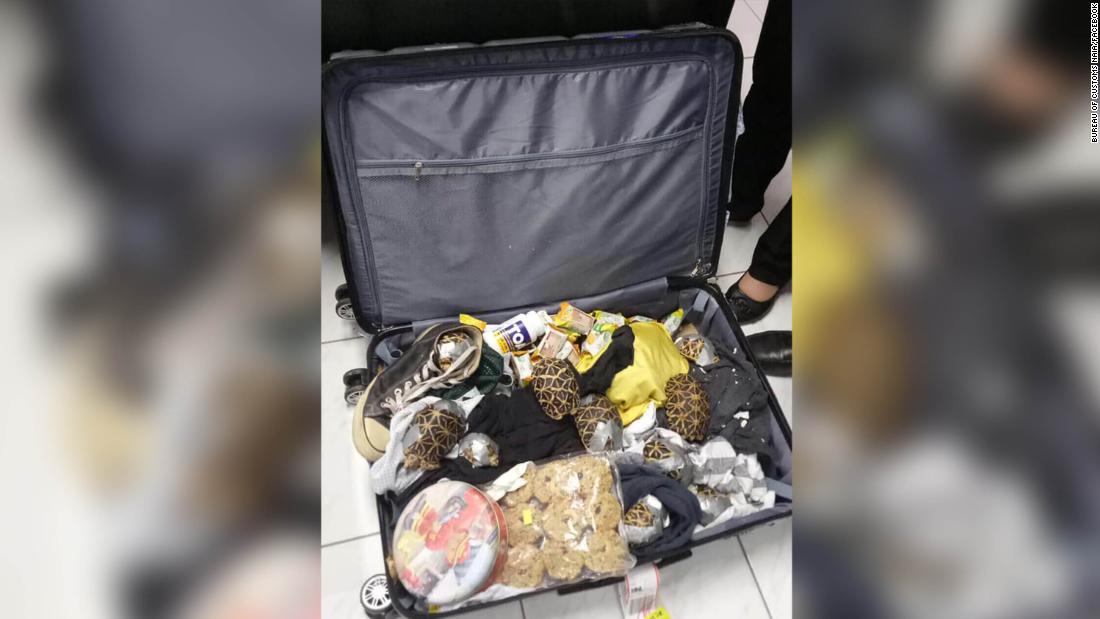
A Texas man recently reached out to a snake service called Big Country Snake Removal when he encountered several rattlesnakes slithering under his house. He discovered them when he crawled under his house to fix a TV cable (which had been damaged by a recent storm). The service ended up pulling 45 rattlesnakes of different species from under the man’s house. The owner of Big Country stated that snake bites increase as the temperatures rise and the snakes begin to seek out food. He states that most people end up being bitten when they are harassing the snakes. They report that over 7,000 bites each year with only several being fatal. He states that there was been an increase in snake bites over the last few years.
The writer of this new story mostly put the blame on the
increased presence of rattlesnakes (and the increase of snake bites) on the
destruction of the snake’s natural habitat because of housing developments. I
feel that the article was written without a hidden agenda and reported the
facts that were there. It was nice to
see that the snakes were not portrayed as the enemy and the blame was put more
humans and the destruction of natural habitats.










